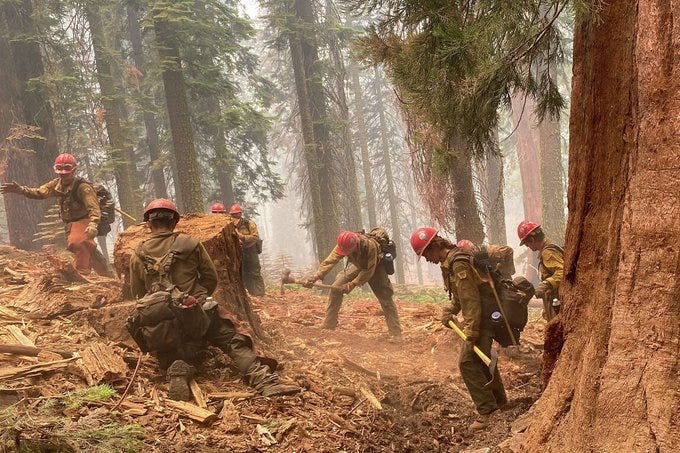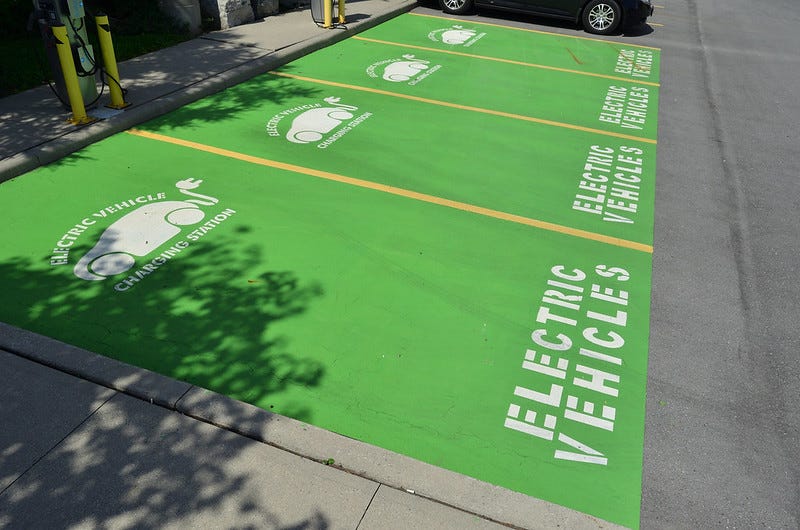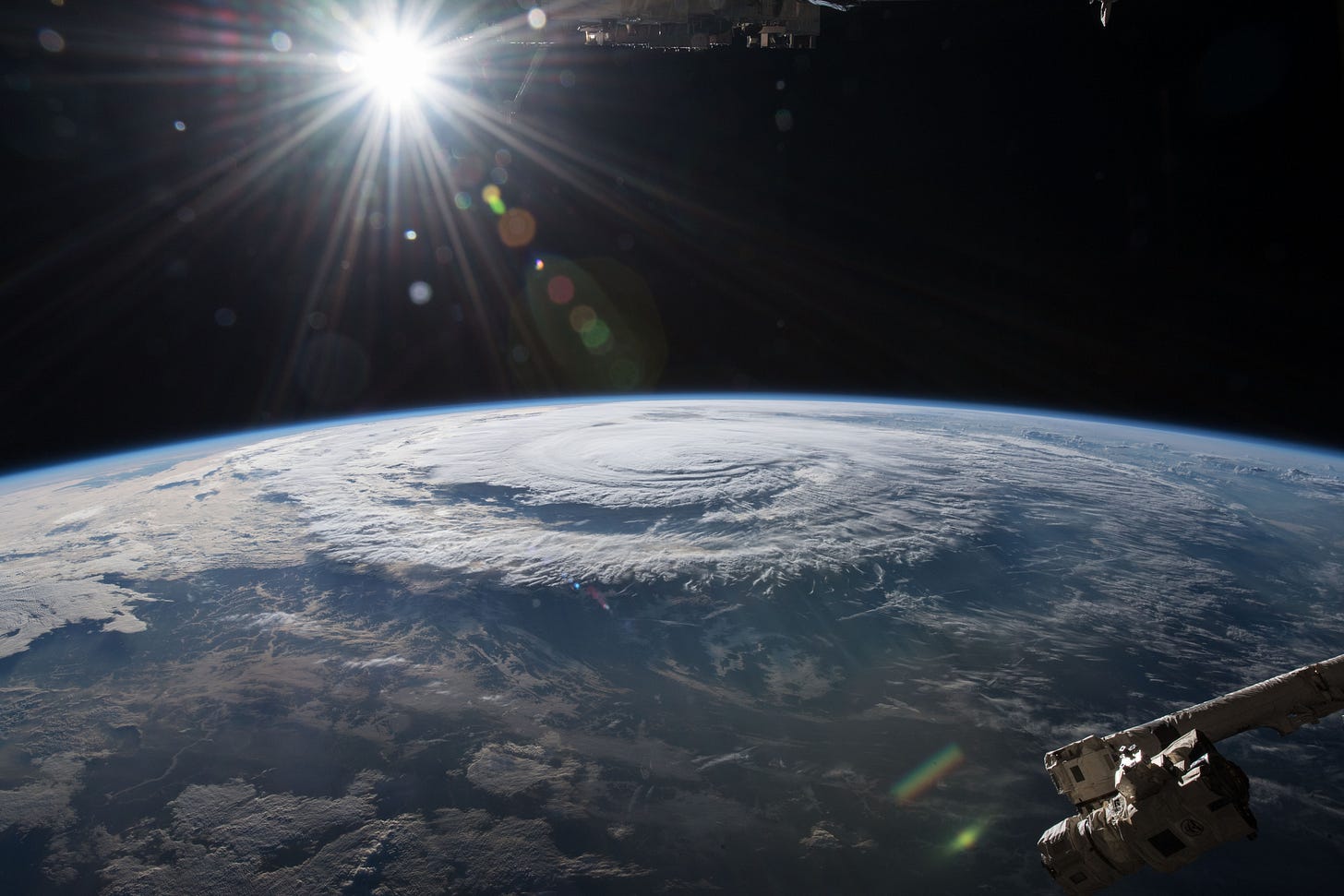The coming battle for climate reparations
Welcome to Callaway Climate Insights. And especially to all our new subscribers since July 4. Please share with your colleagues.
Today’s edition is free. To read our great insights and support our great climate finance journalism four days a week, subscribe now for full access!

A new Dartmouth study this week linking polluting countries like the U.S. and China to actual economic damages in poorer countries because of the global warming they’ve caused went off like a bomb in climate circles, with predictions of massive litigation and protests from emerging markets at the UN summit later this year.
The fascinating study claims that the U.S. and China, the two largest polluters, were responsible each for $1.8 trillion in global economic losses from 1990 to 2014. But going even further, it assigned parts of those damages to specific markets, saying for example that the U.S. was responsible for $19 billion in losses in Australia, and $6 billion in Argentina.
Every natural Western response to the study turned toward lawsuits, and cries for long-awaited reparations for poor countries ahead of COP27 in Egypt this fall, neither of which will happen in today’s geopolitical circus. Countries suing countries is generally a mug’s game.
A more realistic next step will be drilling down more into which industries — and companies — inside countries such as the U.S. and China, are responsible. While that might lead to a flood of lawsuits with more chances of success (about a thousand have already been filed in recent years), it might also help move these companies to more quickly decarbonize or pursue more renewables.
As much as this might mean to class action lawyers, we’re simply not going to litigate our way to climate solutions. The Dartmouth study sheds new light on who is to blame and for how much. It kills the old theory that this is a collective global problem and sets clear lines between violators and victims.
New disclosures will only focus the microscope to the next level. Capital markets will shift accordingly.
More insights below . . . .
Don’t forget to contact me directly if you have suggestions or ideas at dcallaway@callawayclimateinsights.com.
Zeus: How this startup cracked a cooling issue to win over McDonald’s and Taco Bell

. . . . Manik Suri has worked on Wall Street and in the Obama White House. But it’s a San Francisco startup above a sushi shop — where his team has invented a unique refrigeration monitor and controller — that’s got him excited. David Callaway reports on the background and investment outlook for Therma, one of the potential solutions in the global climate race for energy efficiency. . . .
A selection of this week’s subscriber-only insights
. . . . Unlike buying or leasing a fossil-fueled car, potential EV owners have to face the issues of how and where to charge their new autos and pay for the electricity. Now a British renewables company, Octopus Energy, is promising to make the whole leasing process seamless. It’s an intriguing idea; will it catch on? Read more here. . . .
. . . . Two recent surveys show that electric vehicles are crossing a tipping point in America in terms of traction among potential buyers, helped by the gas crisis. We take a look at the variety of factors influencing adoption and how manufacturers can get consumers to buy their particular cars. Read more here. . . .
. . . . When you think of banks and other big financial institutions, you mostly don’t think of them as being the enemies of the GOP. But Wall Street’s embrace of ESG has created a standoff with fossil-fuel-loving populists. Read more here. . . .
. . . . The youth take over in Washington: Frustrated by Capitol Hill inaction on President Joe Biden’s climate plan, more than 200 congressional staffers wrote to House Speaker Nancy Pelosi and Senate Majority Leader Chuck Schumer this week to urge them to pass legislation before the midterm elections, according to The Independent. Passage is contingent on Sen. Joe Manchin (D-W. Va.), who does not face re-election until 2024. . . .
. . . . Environmentalists generally love the idea of renewables, but quite often they don’t like the effects they have on wildlife and the landscape/seascape. But increasingly, installers of green energy projects are taking wildlife into account, such as planting coral at the base of offshore wind turbines and placing projects in less sensitive places. Read more. . . .
Editor’s picks: How climate change affects our national parks
Watch the video: CNN’s René Marsh reports how the effects of climate change impacts national parks across the country, and what the National Park Service is doing to combat it.
Yosemite fire spreads, but sequoias safe
The wildfire burning in Yosemite National Park and threatening the region’s treasured giant sequoia trees had grown to 3,700 acres on Wednesday, and was only 17% contained. But National Park Service officials say the fire is mostly moving away from the Mariposa Grove where many of the oldest sequoias are located. The estimated 500 mature giant sequoia trees there, some more than 2,000 years old, were saved by the work of hotshot hand crews, like those from the Stanislaus National Forest (pictured above), the placement of sprinklers at the base of trees to increase humidity, and even wrapping the trees in fire-resistant materials. The community of Wawona, located inside Yosemite and home to the historic Wawona Hotel, has been evacuated including residents, employees and park guests. The cause of the fire remains under investigation, officials said.
EIA: Energy growth will be powered by economic improvement
Energy-related CO₂ emissions in the U.S. are expected to increase by 1.5% in 2022 and remain generally unchanged in 2023, the U.S. Energy Information Administration (EIA) said in its Short Term Energy Outlook this week. The EIA also said U.S. consumption of electricity is forecast to increase 2.3% in 2022, largely because of rising economic activity. Growth in electricity consumption slows to 0.6% in 2023. Additionally, the largest increases in U.S. electricity generation in the forecast come from renewable energy sources, mostly solar and wind. “We expect renewable sources will provide 22% of U.S. generation in 2022 and 24% in 2023, up from a share of 20% in 2021.” The report also says the spot price of Brent crude oil averaged $71 per barrel in 2021, and forecast the Brent price will average $104 per barrel in 2022, and $94 per barrel in 2023.
Latest findings: New research, studies and projects
Climate-related financial stability risks for the U.S.
Identifying and assessing financial market vulnerabilities is the focus of Climate-Related Financial Stability Risks for the United States: Methods and Applications (Finance and Economics Discussion Series working papers). This report has two objectives:
1. Review the available literature on Climate-Related Financial Stability Risks (CRFSRs) as it pertains to the United States. Specifically, the literature review considers several modeling approaches and aims to identify financial market vulnerabilities, provide an assessment of those vulnerabilities as identified by the current literature, and evaluate the uncertainty surrounding these assessments based on interpretation of the findings and coverage of existing literature.
2. Identify methodologies to link climate risks to financial stability and possible research paths to assess U.S. CRFSRs. The report also discusses how different methodologies can be further developed or combined to assess U.S. CRFSRs.
Authors: Celso Brunetti, Board of Governors of the Federal Reserve System; John Caramichael, Independent; Matteo Crosignani, Federal Reserve Banks - Federal Reserve Bank of New York; Benjamin Dennis, Independent; Gurubala Kotta, Board of Governors of the Federal Reserve System; Donald P. Morgan, Federal Reserve Bank of New York; Chaehee Shin, Board of Governors of the Federal Reserve System; Ilknur Zer, Board of Governors of the Federal Reserve System.
More of the latest research:
Climate-Related Innovations: Economic Value and Risk Mitigation
Climate Change Mitigation: How Effective is Green Quantitative Easing?
Words to live by . . . .
“When I circled the moon and looked back at Earth, my outlook on life and my viewpoint of Earth changed. Earth is a spaceship, just like Apollo — and just like Apollo, the crew must learn to live and work together. We must learn to manage the resources of this world with new imagination. — Jim Lovell, retired astronaut and one of the first three people to orbit the moon.




